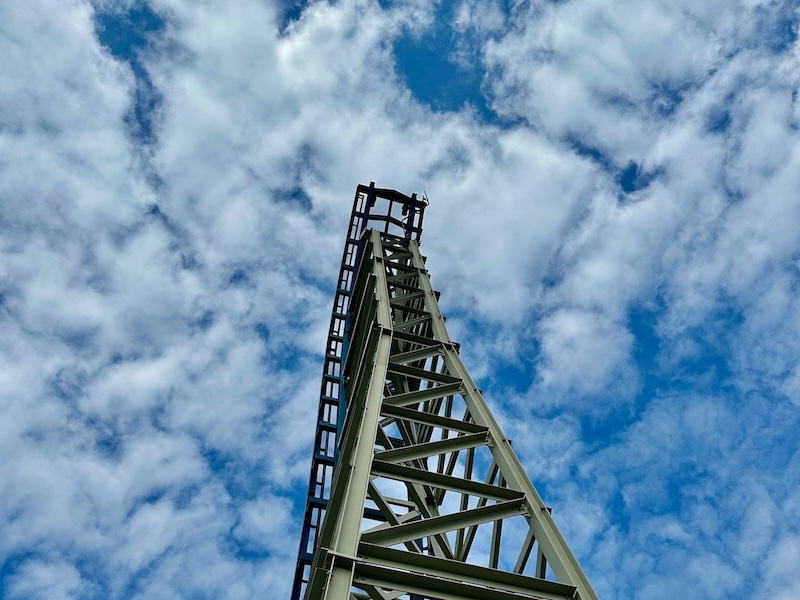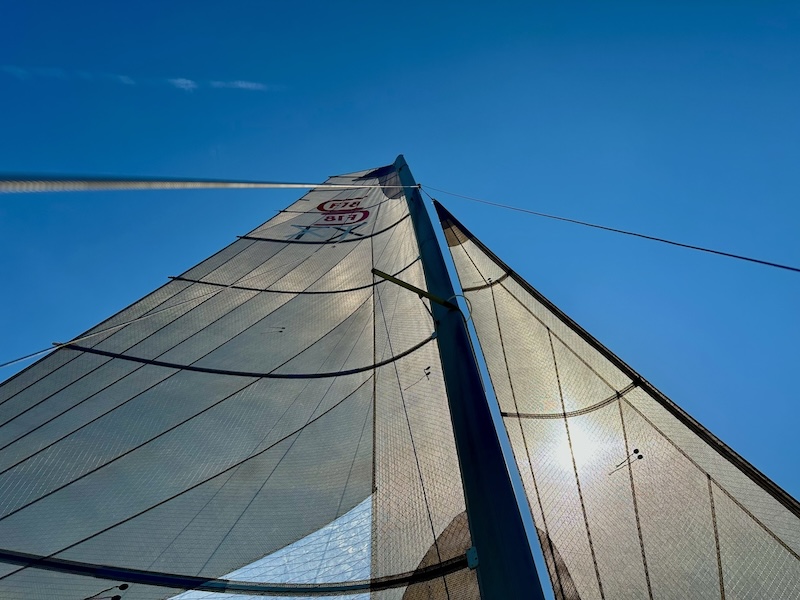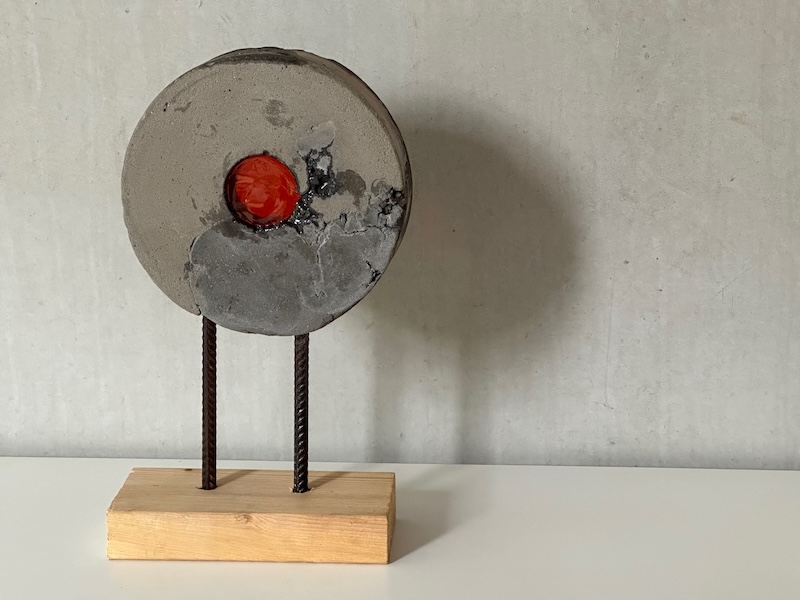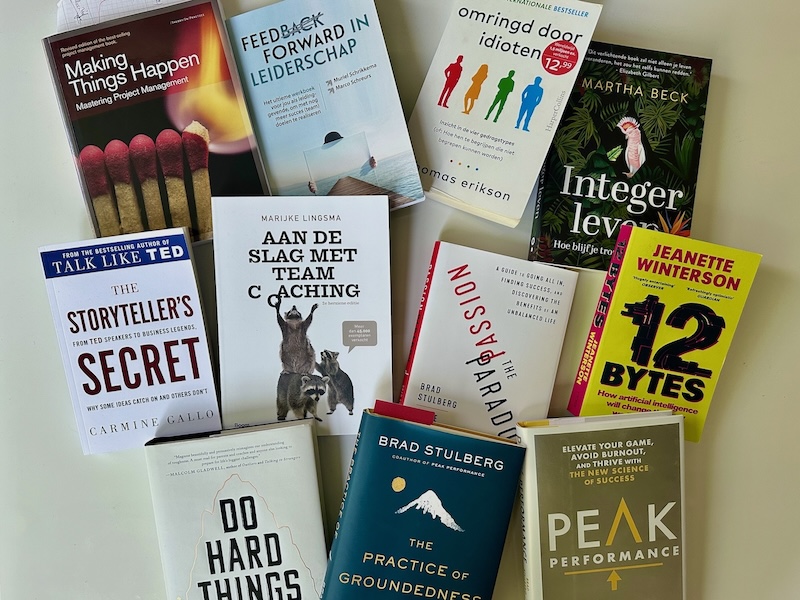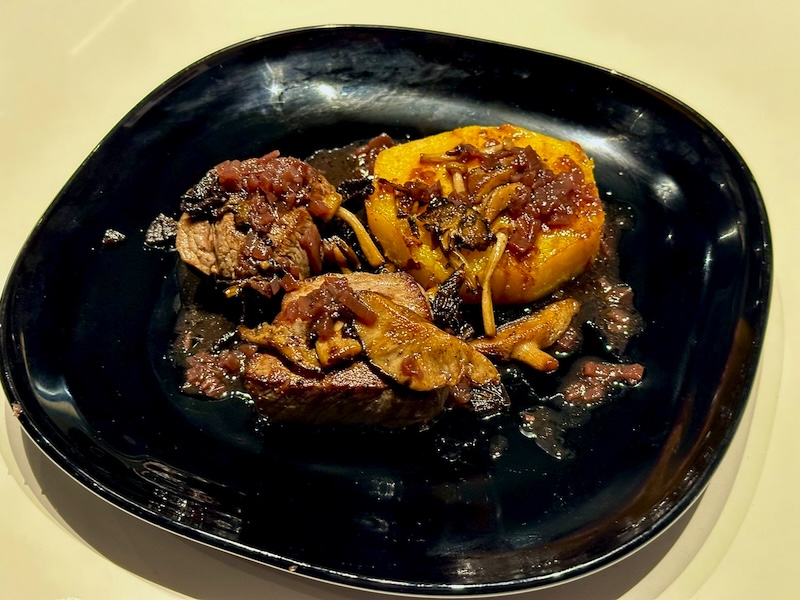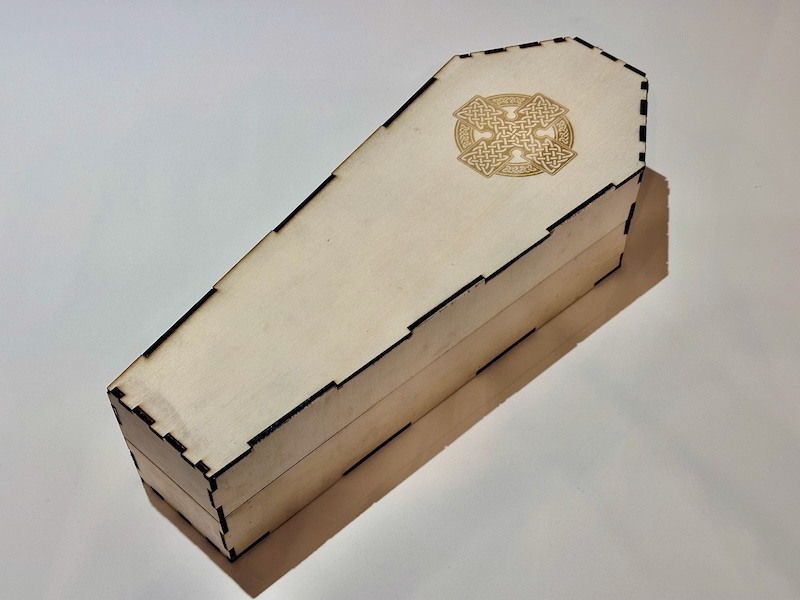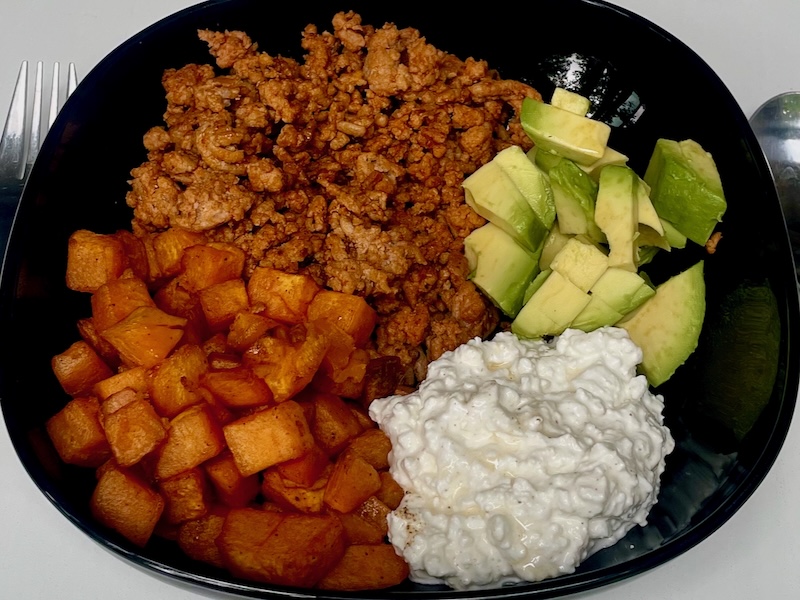Holiday Mode
As a freelancing nomad, I’m confronted with two kinds of holiday: the one most of us have, a break from the busyness at work, and then I also have the in-between-clients period. While the former usually occurs 2 to 3 times a year and typically lasts between 1 and 3 weeks, I have made it a habit of taking some extended time off when I’m ‘tweening.
Although semantically different, both are structured around the same two principles: first of all I split them into three consecutive phases: cool down, enjoy and reboot. Secondly I always ensure that there is a focus on contemplation and self-improvement.
Three Phases of Holiday
Early in my career a great mentor - for whom I will always be grateful - told me that “you should always take (at least) 3 weeks (of holiday). You need a week to cool down and let go of the stress the previous period of work has laid upon you. Next you can have a week of absolute carefree R&R. One week before you actually start working again, you will start thinking about work again.” After a few holidays, I’ve deemed his advice conceptually sound. So, from that moment on, I’ve always deliberately structured my holidays in that way.
First I give myself some time to let the stress level go down, to let work issues fade away, to let annoyances settle. In that period I don’t plan a lot for myself. Most of the time I choose to include things that make other people (read: my kids) happy. And seeing them enjoy themselves, I typically start to wind down and see things again through work-free eyes. The worker goes to sleep, while the human takes the stage again.
Next, in the middle part of the holiday I schedule those things that I really look forward to myself. Now I can fully enjoy them and am truly carefree. This is the moment my batteries are replenished and I really start to see things clearer again. At the end of this phase I’m ready again, and I don’t mind that now during the final phase, I start to think about work again.
Finally, in that third phase, I typically schedule less and leave more time for everybody to enjoy the simple things: have a LEGO-building day at home, enjoy a BBQ and do some lounging,… During this phase, I can, without feeling guilty also read some books, draft some ideas… Because if I, by nature, start thinking about work again, I’d better do it deliberately.
Contemplation and Self-Improvement
In parallel to those three phases I ensure that two other aspects also get enough attention: once I’ve distanced myself again enough from work related tunnel vision, I look back with a fresh pair of eyes and in a way do a personal retrospective on the past sprint. What was good, what went wrong and why? With this brutally honest analysis at hand, I then consider possible ways to continue building upon the good, improve the bad and avoid the ugly in the future. It isn’t hard to see the parallel layering between the three phases of holiday and these two states of mind.
During the contemplation phase I typically enjoy activities I don’t get around to while working, yet I deem in fact more important, personally: writing, crafting, sailing, reading some books that have been piling up during the previous period,… Distancing my mind in such way, typically allows thoughts to flow freely and new views on past situations emerge. They pave the way for conclusions, for closure. Once I start to see these appear, I know that I’m ready for the next phase: self-improvement.
When the (rat-)race starts again, I want to be ready, I want to be better than before, I want to bring added value from the rest period. For two reasons: I want to be more resistant to the inherent stress of work and I want to improve my game. Just like in sports, improvement comes from the sequential periods of stress and rest. Each stress period creates tiny stretch marks in your muscles. During the rest period these are repaired, are reenforced, to create bigger and stronger muscles, ready to withstand more stress. In that respect, our mind and soul behave very much like a muscle. Nature really doesn’t apply a lot of different building patterns to construct us.
So having a clear view on how I want to improve, I typically head over to Amazon and start buying new books, start to scavenger the web for fresh ideas that can support my goals, talk to a lot of people, all with one goal: relentlessly shape the next version of me: trim some of the remaining rough edges, polish the stained parts and keep nurturing the things that made a difference.
Size does Matter
As I said in the beginning, “although semantically different, both are structured around the same two principles.” The difference between a regular holiday and a period in-between-clients is basically size. While the former typically lasts up to 3 weeks, when ‘tweening I take larger chunks of time for major improvements. Where holidays allow for making operational and smaller tactical changes, the months in between customers give me the opportunity to make strategic changes.
“Give me the opportunity” does not imply that I always do. Most of the time, this means simply confirming the current heading, maybe make some tactical changes, but once in a while a new bearing gets plotted: switching from being an employee to being self-employed and setting up my own freelance business, focussing on IT architecture , going back to school at the age of 37, diving into the hardware scene, deciding to commit to leading teams and ultimately becoming an Enterprise Architect.
#HolidayMode
Post Scriptum
Along with the other recently finished things, this also was already planned some time ago. Coincidently I was made aware of the LinkedIn hashtag #HolidayMode ↗, which deals with summer holidays and how to reset when going back to work. The parallel was apparent and I liked the hashtag, which fitted perfectly this thing. So I simply had to change my original title and reuse this 😇

 vCard
vCard
 Homemade by CVG
Homemade by CVG My Homemade Apps
My Homemade Apps Thingiverse
Thingiverse
 Strava
Strava
